The city of Cusco continues to surprise with all its living culture that is still practiced, in this article we will talk about one of the ancestral Inca techniques practiced for over 600 years and that remains in force, transmitted from generation to generation, the last Inca bridge Q'eswachaka..
The restoration of this bridge is done with days of anticipation in which the villagers begin gathering as much straw as possible to assemble the new bridge, the central day is in the second week of June, it is a traditional festival in which four communities participate.
In this article, I will tell you how many days work is done for the bridge restoration, what is done before and after; and finally the tours you can do to get to know this wonderful place.
Table of Contents
The last Inca bridge "alive" today is Q'eswachaka and to this day it is still being restored and has become an ancient tradition practiced for over 600 years; during Inca times the people elaborated hanging bridges made of vegetable fibers (ichu or straw) in order to be used as a means of passage from one end to another and to connect with other communities.
Every June of each year, the inhabitants of the communities of Huinchiri, Chaupibanda, Choccayhua and Ccollana Quehue get together since the end of May and work together to renew one of the millenary Andean traditions, this work has a process that lasts several days in which both men and women participate; but there is a detail, only the men are in charge of renewing the new suspension bridge and the women are in charge of weaving and collecting the ichu or straw.
But, before we must understand what it means Q'eswachaka, is a word derived from Quechua and means "rope bridge", which measures 29 m long and 1.20 m wide, being a sample of the many iconic representations of the Inca empire that had the need to move; from there was also born the network of the Inca road or Qhapac Ñan that linked large territories such as the Tahuantinsuyo.
One of the implementations they made to reach other towns and that the geographical condition did not allow them was to manufacture numerous bridges throughout the territory and one of them is the construction of this bridge Q'eswachaka built based on: straw, wood and stone; sample of advanced engineering for that time and that many researchers were amazed by all the knowledge of that time.
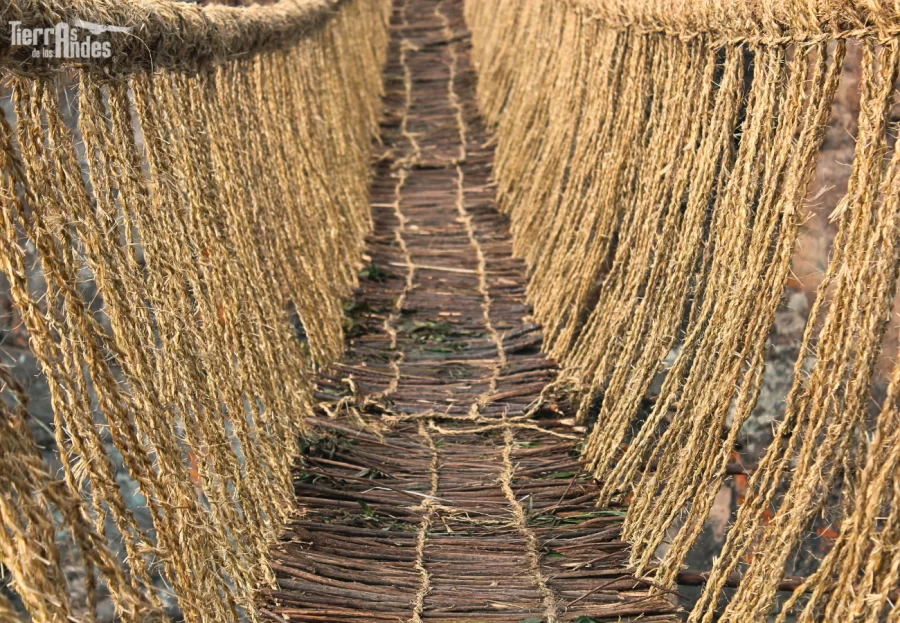
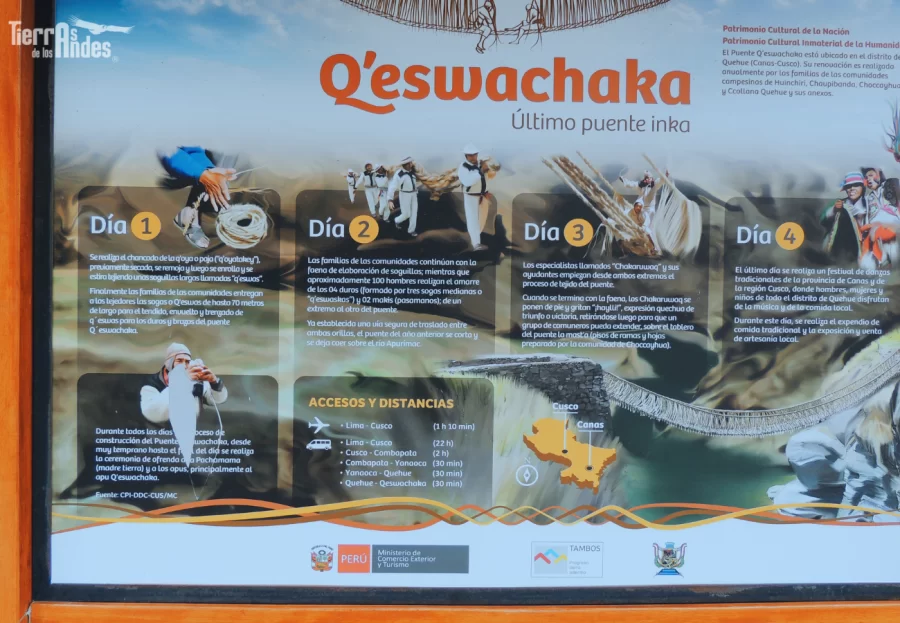
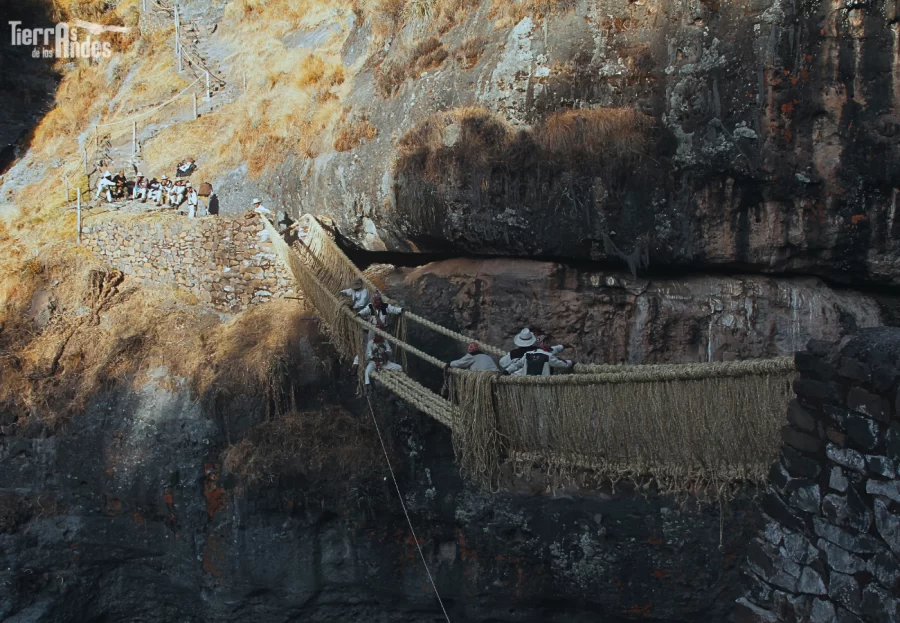
It is located three and a half hours from the city of Cusco, belongs to the district of Quehue of the province of Canas, is located at an altitude of 3700 m; the Q'eswachaka bridge crosses over the Apurimac River.
To get from Cusco to the Q'eswachaka bridge you must take a cab or bus to the site, but it is recommended that you hire the services of a tourist agency who will take you to Quehue and also bring you back.
En el año 2013 el puente Q'eswachaka fue nombrado como Patrimonio Inmaterial de la Humanidad por la UNESCO, por ser una de las grandes obras de ingeniería que se elaboró en la red de camino inca, así mismo se conserva la práctica de la minka un trabajo donde participan todos de la comunidad y se realiza por turnos (enseñanza inca).
The elaboration of the bridge has been passed down from generation to generation and to this day this millenary tradition that has been preserved for more than 600 years continues to this day, hence the importance of the reconstruction of the Q'eswachaka bridge; it is also said that if they stop restoring it there could be alterations in the climate and affect the cultivation of the land.
As mentioned above this bridge is over 600 years old and is a means of transportation for the locals so it must be restored annually and can continue to fulfill its function, that's not all now has become a tourist attraction worldwide, for this and many other reasons is that each year is restored.
The practice begins days before June, all the villagers of the communities of Chaupibanda, Choccayhua, Hunchiri and Ccollana Quehue go out to look for the straw or ichu (Quechua word), a resistant vegetable fiber used to build the bridge.
Once they have collected all the straw they will need, it is left to dry for a day, then it is beaten with stones and soaked to harden, after this process the straw is joined to form a rope. In this elaboration all the members of the family participate, once the rope is ready, the restoration process takes three days, a tradition accompanied by rituals, offerings to the Pachamama (mother earth) and the Apus (sacred mountains)..
Who is in charge of making the offerings is the paqo, an intermediary of the Apus also known as Andean priest, he is in charge of asking permission to these divinities with the offerings before starting this tradition; on the other hand, the inhabitants of the communities consider that if it is not done with the offerings, an accident could happen or the bridge could be badly built.
Likewise, women are not present in these offerings or rituals, since they think that women bring "bad luck", they are located in the upper part of the river and from there they observe all the work and continue to elaborate more ropes to complete the bridge; the tradition here is that only men are allowed to be present in the restoration of the Inca bridge.
This day the villagers are in charge of collecting the largest amount of ichu or straw, the mechanics is that each family of the different communities must deliver a certain amount of rope, if they do not comply with this work the corresponding authority punishes the family.
Once delivered, the ropes made by the families will be used to join them with the others to obtain a thicker rope that will serve as the base and handrail of the bridge, after which they are taken to the other end of the bridge and are ready to continue working the next day.
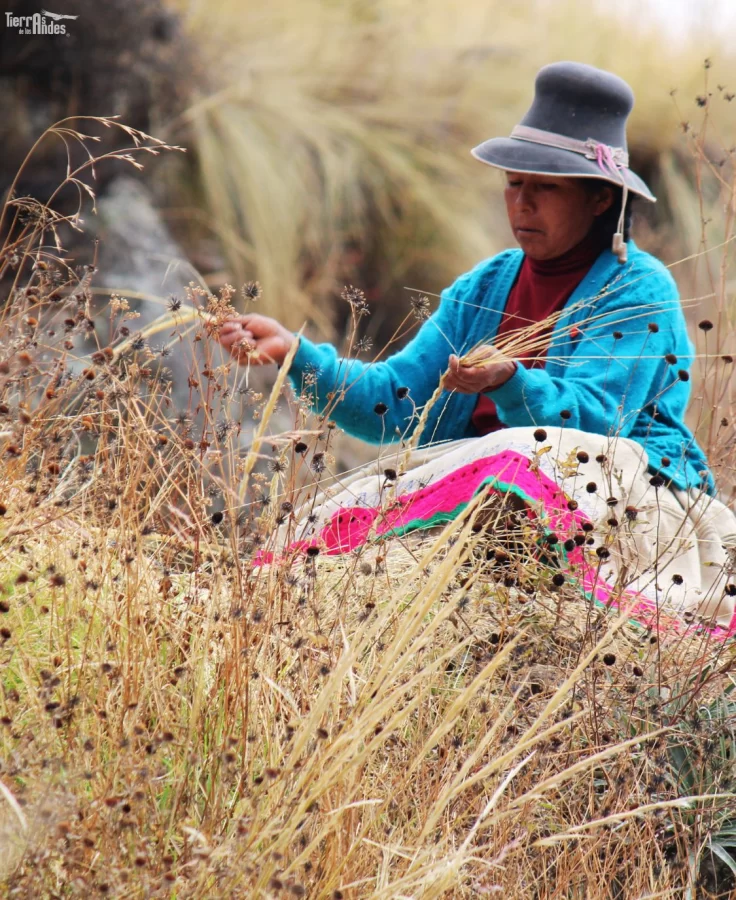
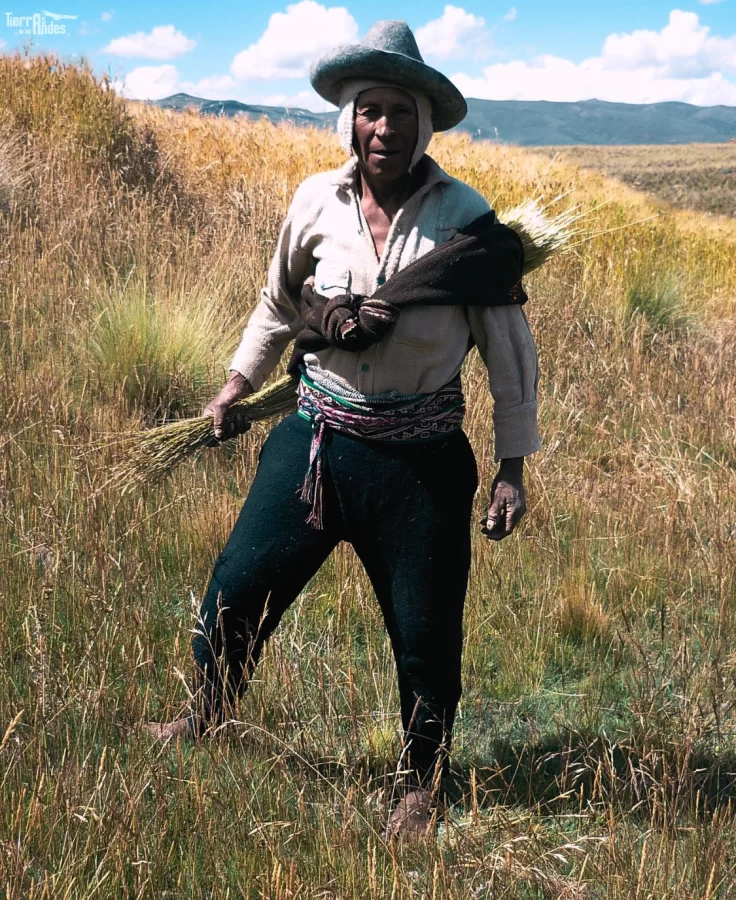
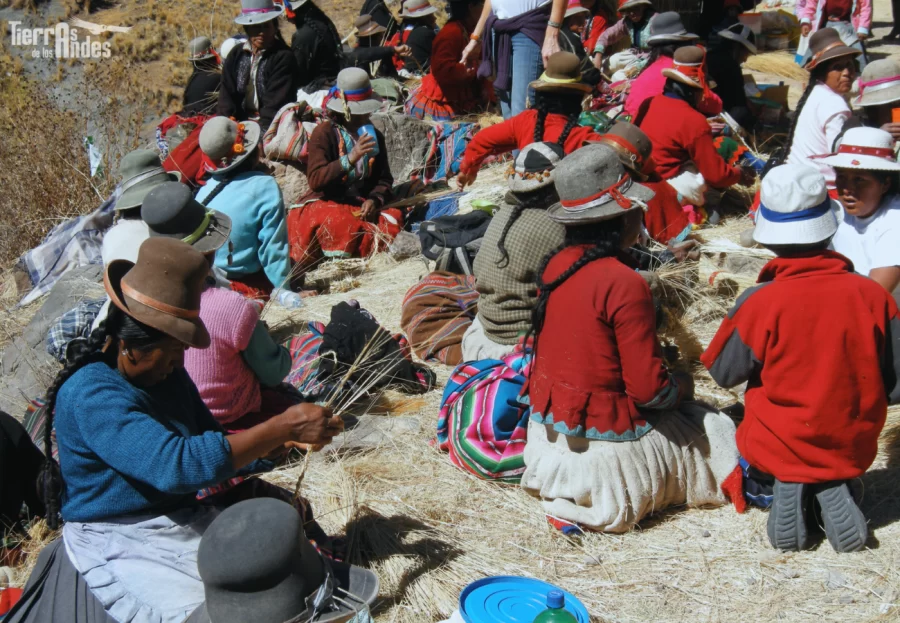

The second day begins by giving an offering to the Pachamama, and then they can start the work; here they begin when one of the villagers goes to the other end carrying the rope to the other side, this first will be for the base that will be tied first, then it is carried to the handrails once placed, then they drop the old bridge.
All this process is supervised by the Andean engineer or chakaruwaq, who is in charge of ensuring that the reconstruction of the Inca bridge is well done and built.
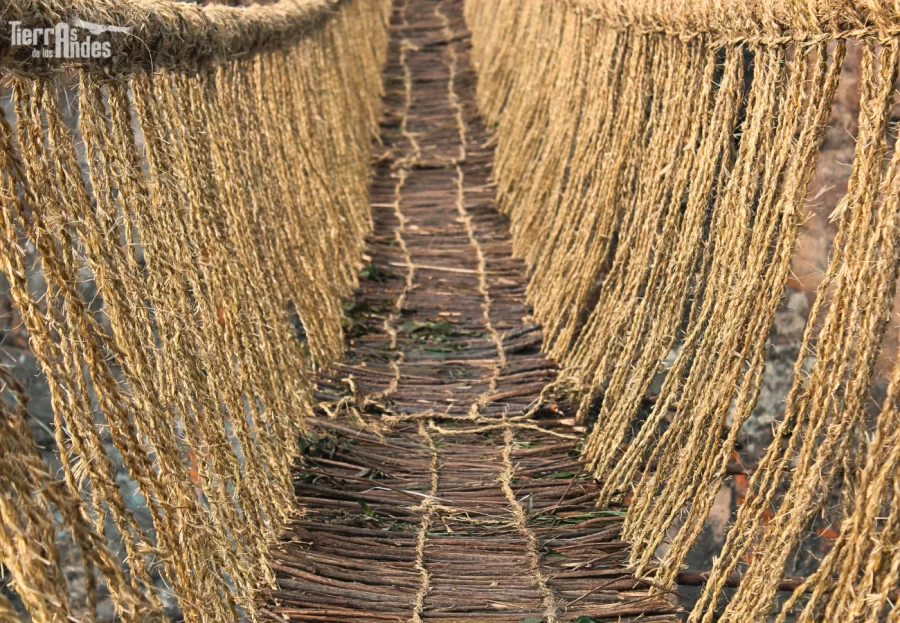
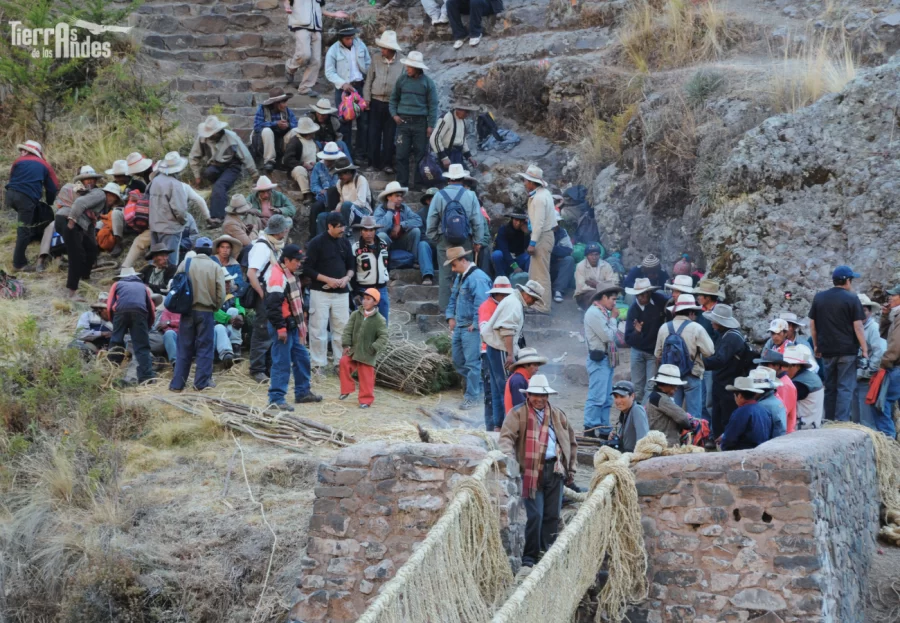
This is the last day of reconstruction, after having placed the chakaruwaq the day before, together with their assistants they begin the weaving of the bridge, this is the process of joining the handrails to the base. Working together makes this activity is carried out in the best way, so they form groups to join end to end and finish in the middle.
On the one hand, the other villagers get together to make a carpet with leaves, branches and straw to cover the floor of the bridge, they also place some branches called , they indicate that this branch will give it more stability.
All this work takes several hours and the day's reconstruction is completed around sunset, and the local authorities are the first to cross the new bridge, thus completing the renovation of this legendary Inca suspension bridge.
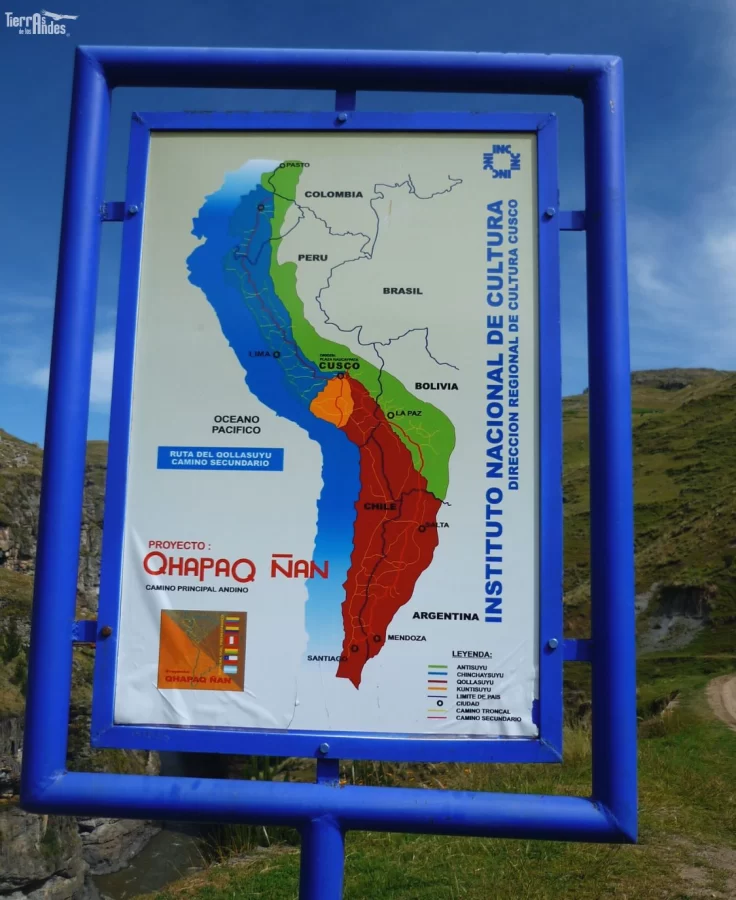
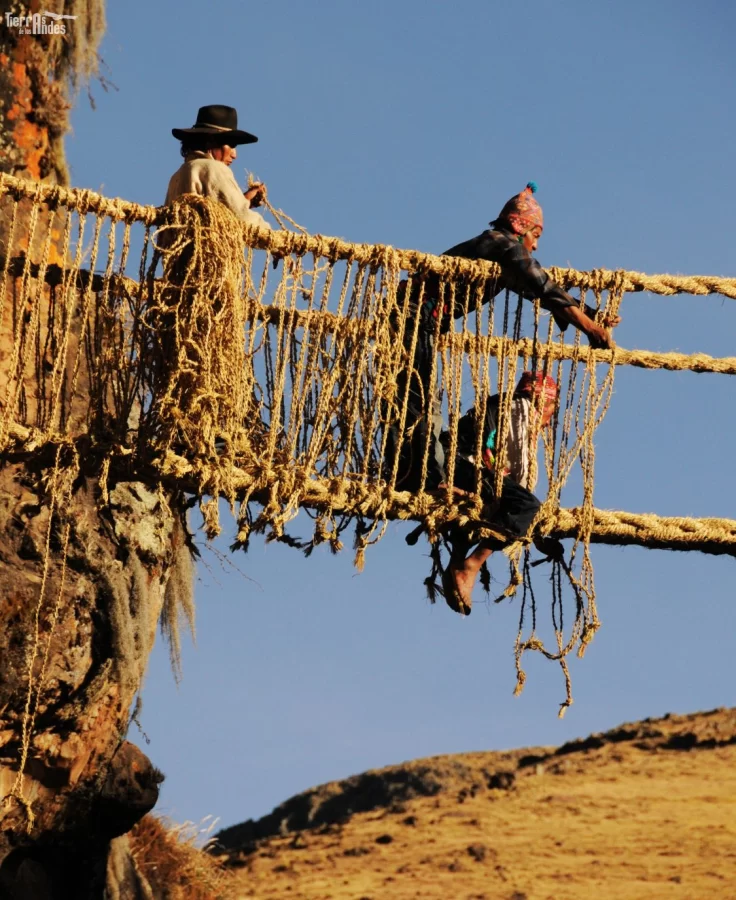
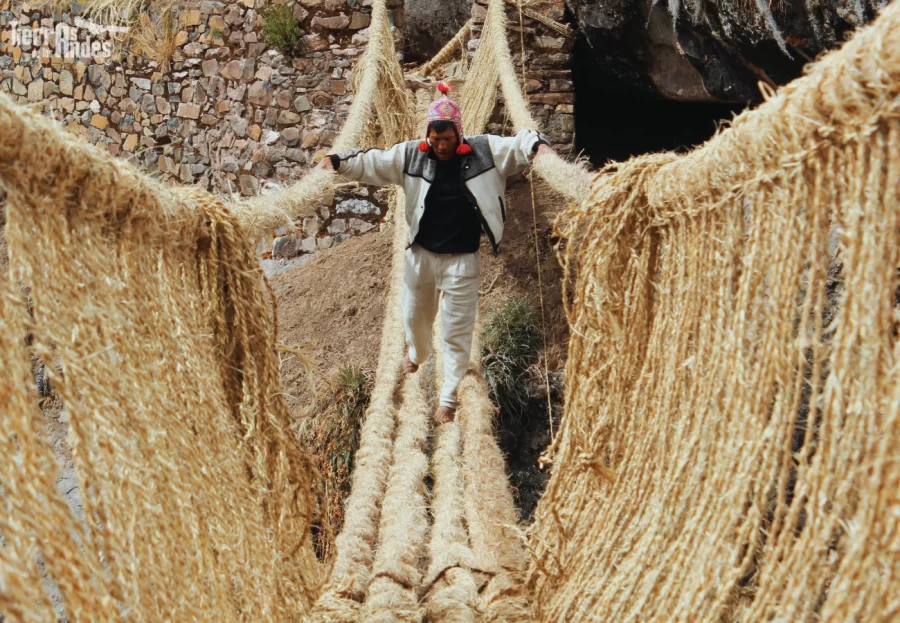
This day is a day of celebration, here everyone gathers to celebrate the culmination of the bridge, everyone participates in singing, sharing food and dancing from dawn until nightfall.
In fact, it is one of the most vivid Inca legacies that was inherited from generation to generation during the last years, we hope that the Inca legacy will continue to be practiced and cultivated.
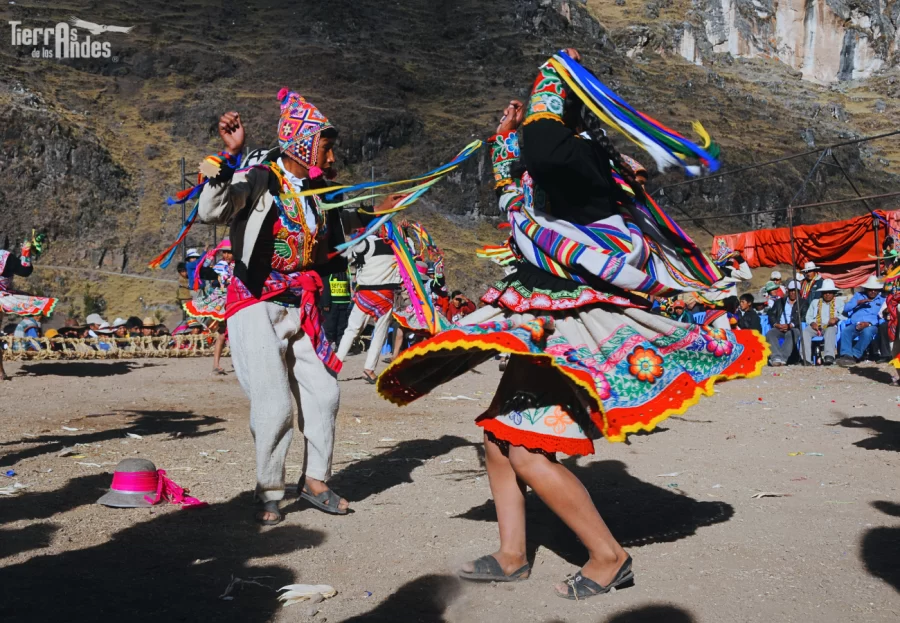
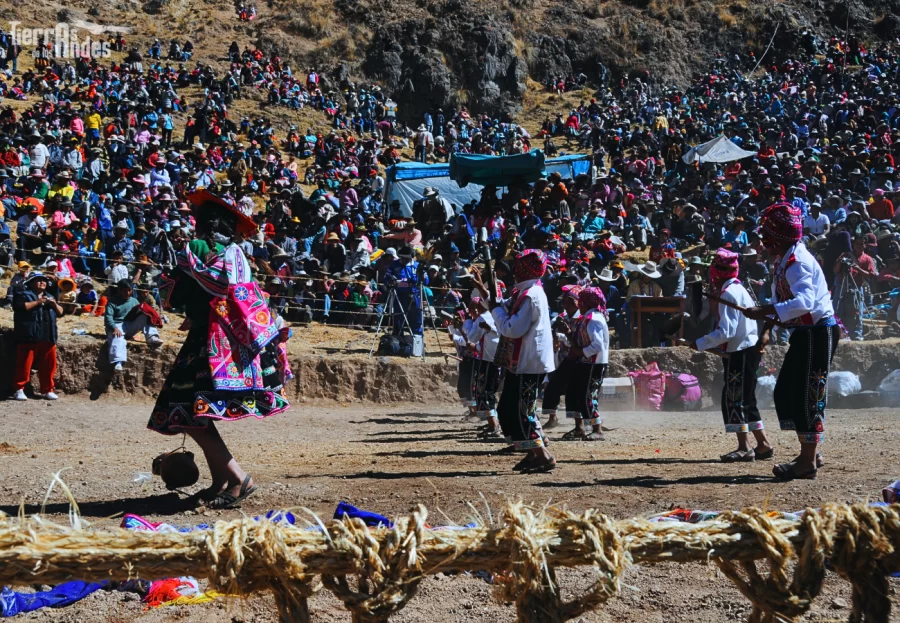
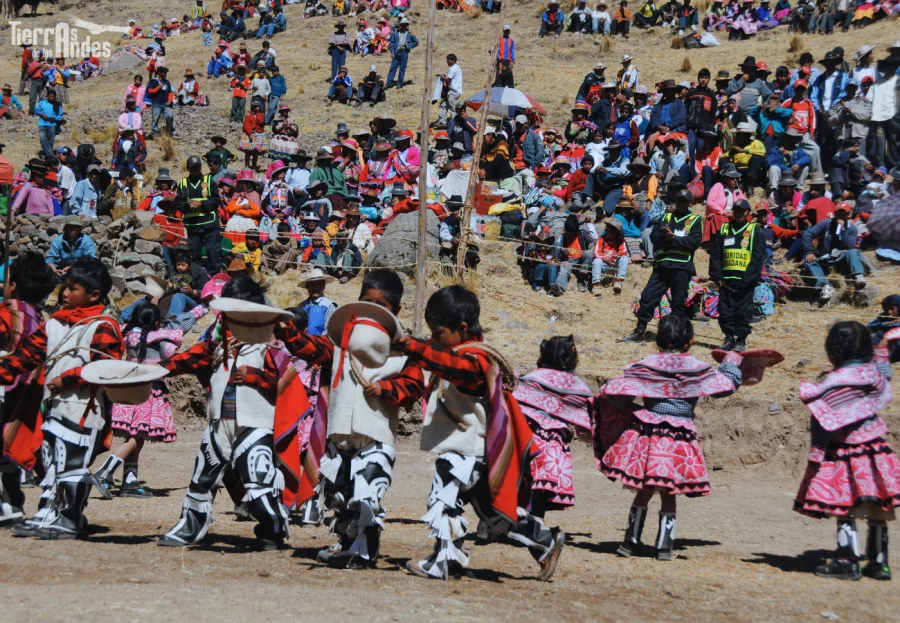
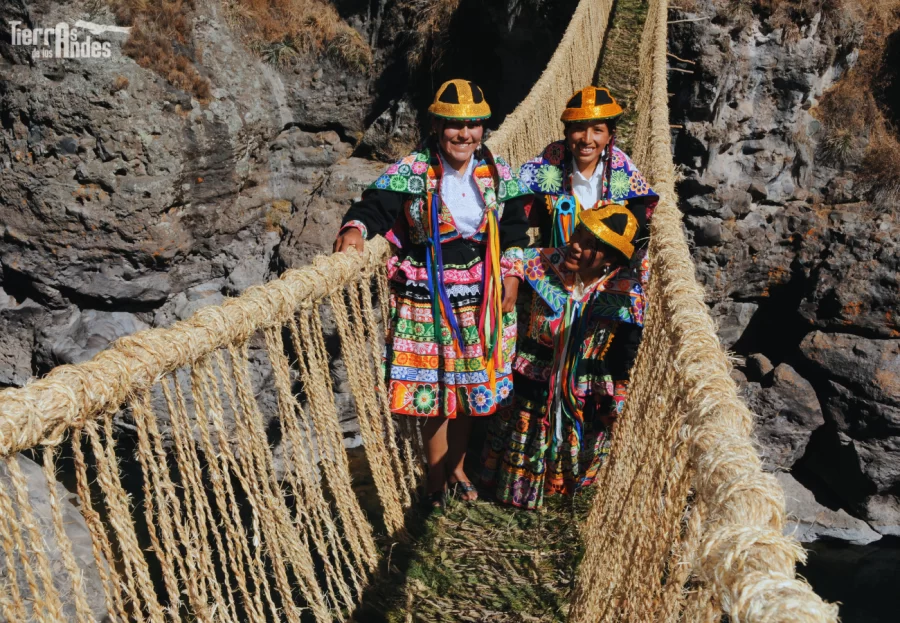
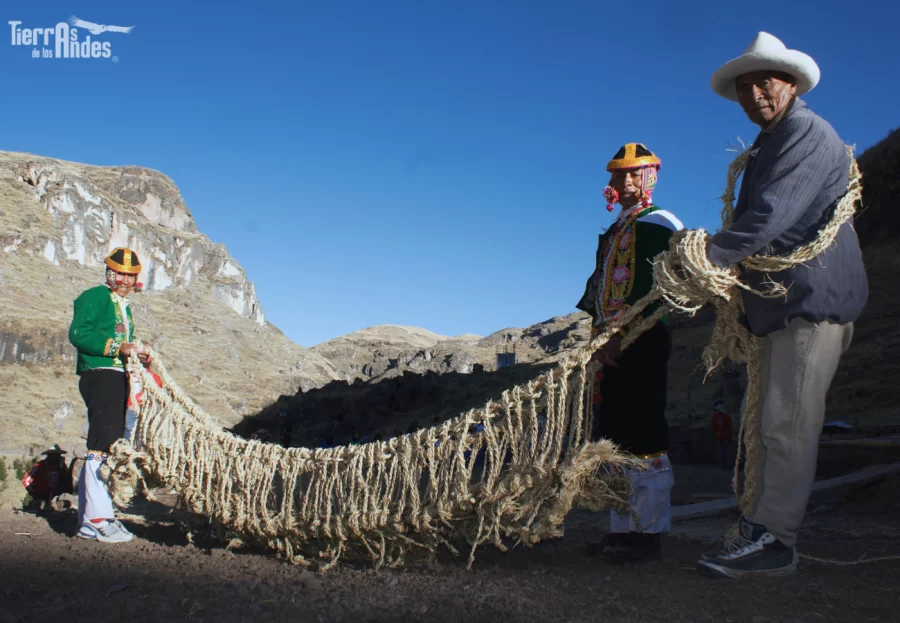
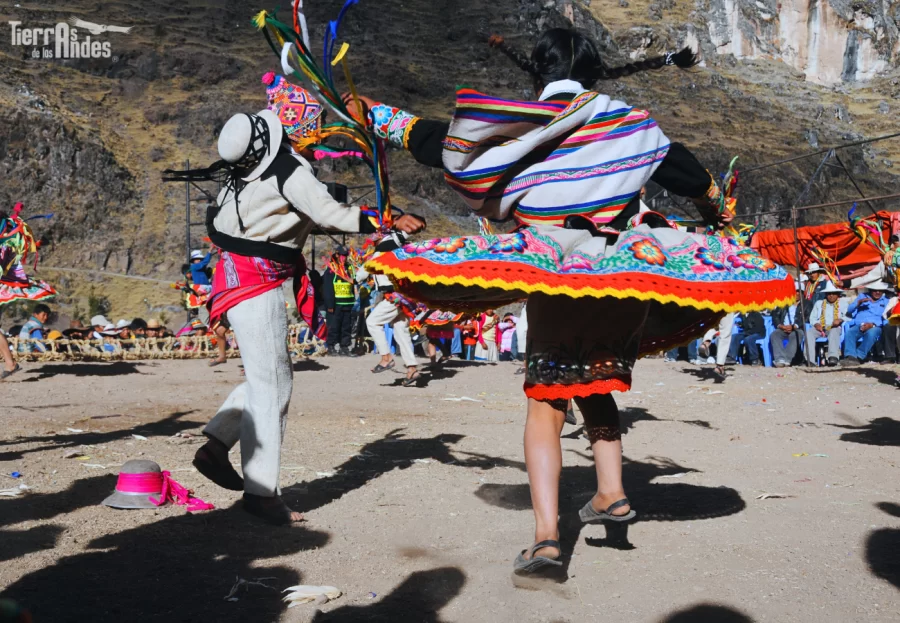
As we know the restoration of the Q'eswachaka bridge takes place every second week of June and the tourism agency Tierra de los Andes prepares a beautiful package to know this living Inca tradition. Here I present you some tours that allows you to know the Qéswachaka bridge.
The best time to visit the Q'eswachaca Bridge is from April to November, these are the months where there is little rain and the weather is pleasant, although you should always bring warm clothes, your camera, your identity card or passport and cash.
Finally, visiting the Inca bridge Q'eswachaka will be one of the best experiences you will have. As we said before, the central day takes place the second week of June and before this day the villagers get together so that this tradition is carried out in the best way possible.
Before rebuilding the bridge first the paqo makes an offering to the Pachamama and the Apus who give permission to carry out this activity, also remember that only men can help in the activity of rebuilding the bridge, women also participate, but only with the collection and weaving of ropes. It is a tradition that has been kept alive for more than 600 years.
